Got diode partially made and went out to check. Looked like I was getting +5/-5. I took it apart and back to work table and that's when I find out molex connector won't fit in lights side of connector. Looks like the lights is a smaller size.
I'm beyond frustrated at this point. I didn't want to buy a load of connectors for just 3 so I spent WAY too much time pulling apart computer molex connectors for their pins.
I'm going to do what I didn't want, but I'm going to cut connectors and make my own harness of sorts.
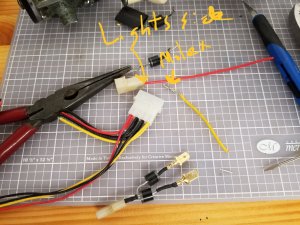
I'm beyond frustrated at this point. I didn't want to buy a load of connectors for just 3 so I spent WAY too much time pulling apart computer molex connectors for their pins.
I'm going to do what I didn't want, but I'm going to cut connectors and make my own harness of sorts.


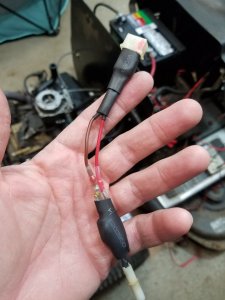
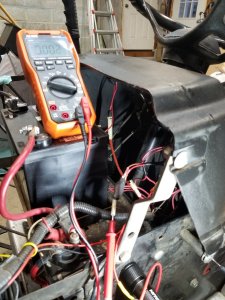
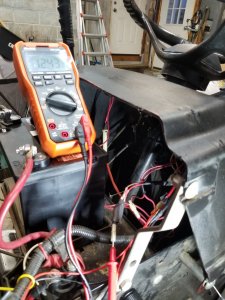
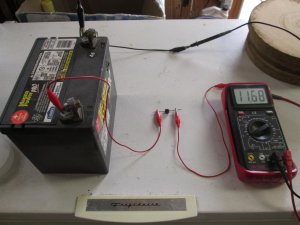
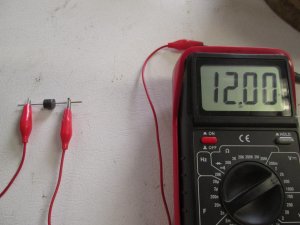
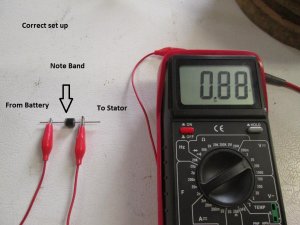
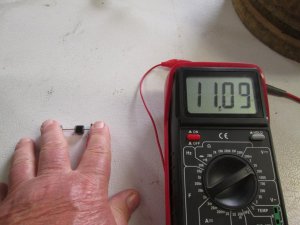
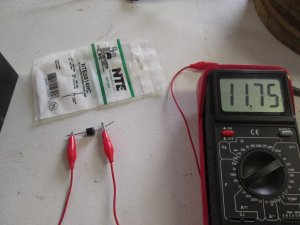
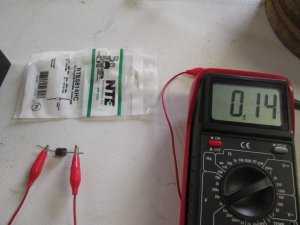
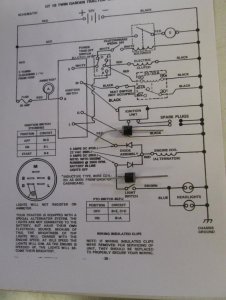
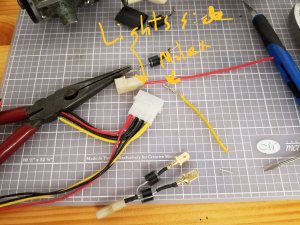
 Thanks guys, I'm getting a really good diode education. Never messed with them much but now I'll feel better about testing and using diodes.
Thanks guys, I'm getting a really good diode education. Never messed with them much but now I'll feel better about testing and using diodes.